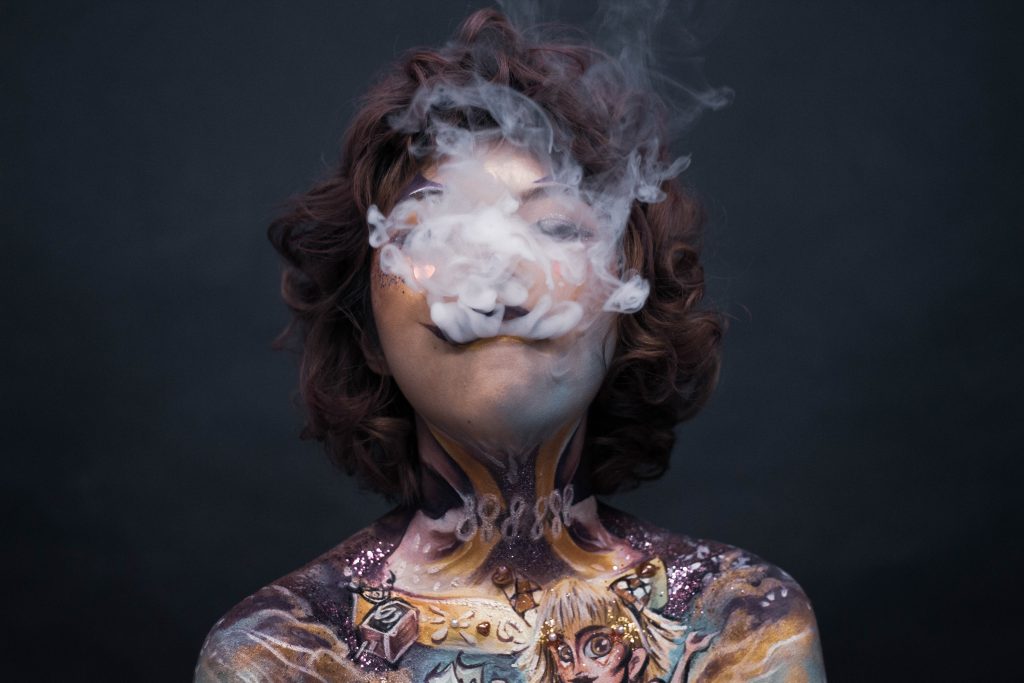The first thing that comes to my mind when seeing the word addiction, is drugs. On a second glance, I associate it with alcohol, cigarettes, sex or sugar. What is really addiction all about?
According to the Webster’s Dictionary, addiction is the “compulsive NEED for and USE of a habit-forming substance (heroin, nicotine, or alcohol) characterized by tolerance and by well-defined physiological symptoms upon withdrawal; a persistent compulsive use of a substance known by the user to be harmful.”
Yet, most addicted people use no drugs at all. Moreover, addiction cannot be understood if we restrict our vision of it to substances, be they legal or illegal.
Beyond drugs
In fact, addiction is manifested in any behaviour that a person craves, finds temporary relief or pleasure in, but suffers negative consequences as a result of. Yet, the person has difficulty giving up, accompanied by effects such as craving, relief, pleasure, suffering, impaired control, violence and more.
Therefore, the definition of addiction goes beyond drugs or alcohol, it stretches across any human behavior, from sex to eating, shopping, gambling, extreme sports, TV and compulsive internet use – the list is endless.
Addiction is neither a choice nor a disease, but originates in a human attempt to solve a problem: the problem of emotional pain, overwhelming stress, lost connection, loss of control, deep discomfort with the self.
Treating addiction or pain?
Testimonies show, without failure, what addiction compensates for: “It helped me escape emotional pain… helped me deal with stress… gave me peace of mind… a sense of connection with others… a sense of control… a sense of power”.
Hence, addition is one aspect of the urge to stop the pain. To treat the addiction, which is a symptom, without treating the pain underneath means to deal with effects rather than its causes, prolonging cycles of suffering, ruining lives.
Often childhood trauma is associated with addiction. Not necessarily horrific events, but any event that imposes more pain on the child than his or her sensitive being can process. Any failure to respond to the need to be seen, held, heard, made to feel secure. And each of us has an inner child.
“Trauma has become so commonplace, that most people don’t even recognize its presence.” Peter Levine
Developing connection: an example from Portugal
Connection, belonging, safety can be learned and accepted as opposite to the addiction. Hence, developing healthy interpersonal connections as a part of recovery and healing is not easy, but it generates the desired sustainable life changes compared to approaches based solely on isolation and medication.
A story of success is Portugal and how the country chose to handle the situation with drugs differently, in a way that can help people, one at a time. For 40 years the authoritarian regime of António Salazar imposed measures to keep the population docile. In the 70’s Portugal opened to new experiences, including marijuana and heroin, however in 2001 it became the first country to decriminalise the possession and consumption of all illicit substances.
It led to a cultural shift, where health services, psychiatrists, employers, housing services started to work together to serve the communities, saving one individual at a time. The country’s policy rests on three pillars:
(1) There’s no such thing as a soft or hard drug, only healthy and unhealthy relationships with drugs;
(2) Individual’s unhealthy relationship with drugs often conceals a lack of relationships and support of loved ones, with the world around them, and with themselves;
(3) The eradication of all drugs is an impossible goal.
There is no one-size-fits-all or universal solution, just the daily search for balance, inner peace, diversity, connection and meaning.
Sources:
https://drgabormate.com/opioids-universal-experience-addiction/
Photo credits: Emily Lau @unsplash


